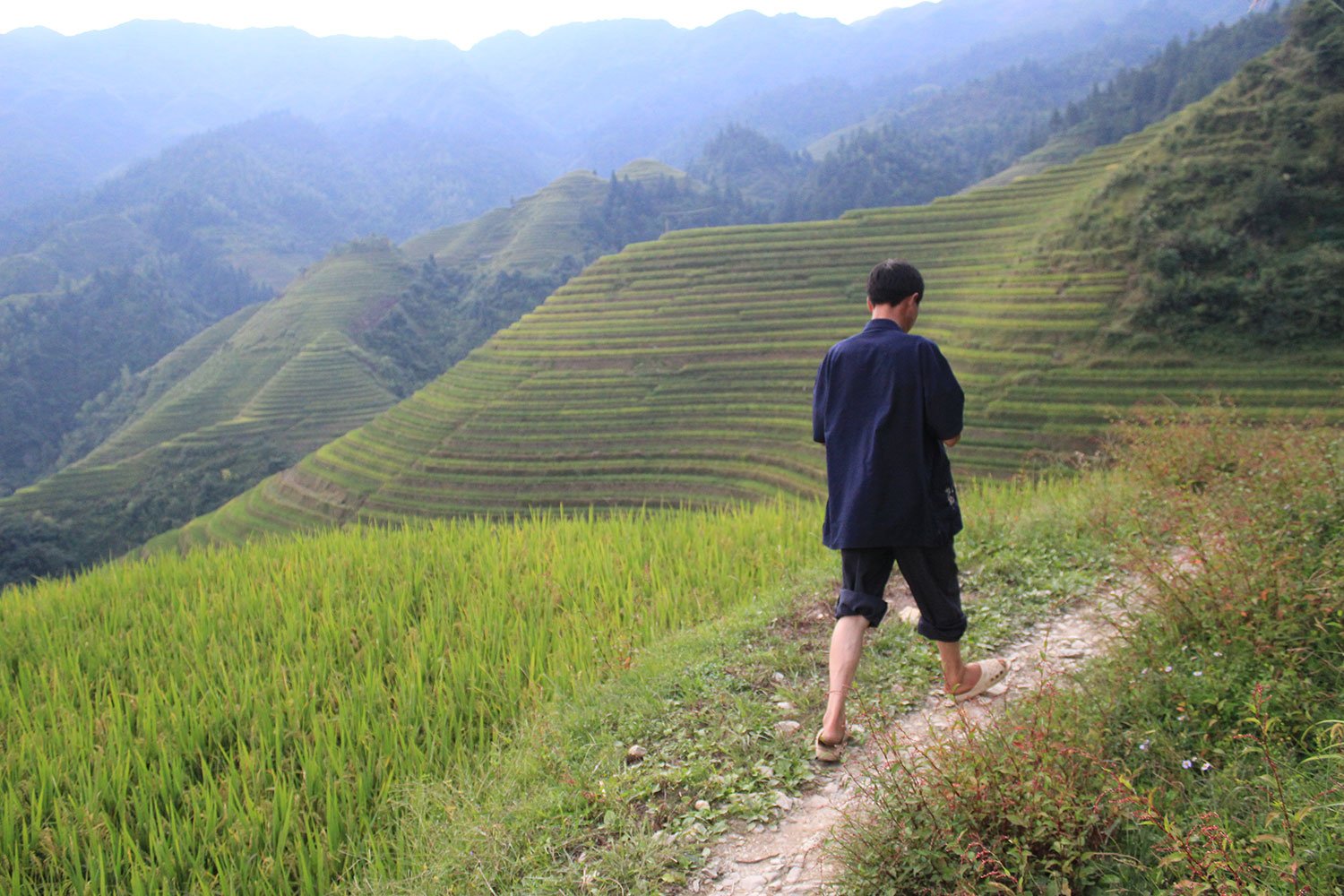
This year, amidst traveling through Hawaiʻi and producing ʻAe Kai, shooting landscapes throughout New Mexico for Bombshelltoe, and generally forming a more acute awareness of my surroundings, I’ve seen the buddings of a new interest in agriculture. My own process in getting here seems very natural, but building a career in all things digital can make it appear to be counter-intuitive or even random. And so I guess I shouldn’t be surprised that when I expressed my interested in working on more projects in this realm at work, I was warned that some – particularly scientists at the Smithsonian – might dismiss me or even find my pursuit problematic. “You don’t want them thinking you’re just pursuing a pet project,” I was told.
“Pet project” is a term to describe a means to no end, a story with no plot. In my head, I imagine someone grooming a mossy rock obliviously while the world around them crumbles. In our world that’s increasingly about productivity, maximizing time, and focus – a pet project is the surrogate for time and energy wasted.
I’ve been bouncing this term and dilemma in my head for the past few days, and here’s the thing – I can’t think of anything that I do seriously that didn’t start off as a pet project. Everything I’ve become good at, and even become known as an “expert” in, began as a wandering journey of curiosity, an interest in trying my hand in something that I had absolutely no experience or background in. I still remember being that senior in high school, being enchanted by the spoken word of Saul Williams, and clumsily piecing together the first few lines to perform at an open mic I had absolutely no qualification for being in. This was while I was receiving my college acceptance results, while anyone could have popped their head into my life to berate me for writing amateur poems instead of preparing myself for my future career as an engineering student. Actually, some did.
Not long after, newly politicized and still figuring out my own interpretation of my identity, I found myself behind megaphones at anti-war rallies, fighting my own self-doubt about fitting into the label of an “activist,” while college republicans shouted at me that I had no idea what I was talking about. This was also during the time when I was making flyers and posters on Microsoft Word, building websites on Geocities, and trying to drown out the imagined judgement of all the professional graphic designers who would probably look at my work as chicken scratch.
And when I found myself at the Smithsonian, after somehow becoming a curator (a term I had to Google when I applied for it), I shouldered past blaring bouts of imposter syndrome while reading the most elementary of texts about museum practice and contemporary art.
Anything in this this world that has been conceived of is attached to a person or community that has been deemed an “expert,” and expertise can build up like plaque, barring newcomers who approach with curiosity and questions. Those who spend their years and careers earning their titles gnash their teeth and click their tongues, dismiss newfound-yet-unfounded passions as “pet projects” to downgrade what can be potential threats to the ivory towers that they’ve built.
But anyone who has ever had a pet knows that there are few things in life that one nurtures with more care. Few of us who have dogs are experts in canine biology (that’s probably not even the right term) but we do know how to love our pets in ways that are unique, profound, genuine, and even full of expertise. We tend to them with an intimacy that no pound or shelter could ever express, no matter how highly-regarded they are in their field. It’s with this sense of ownership and agency that we should all know our right to pursue our pet projects. Pet projects may be, in fact, the purest and humblest entry point towards being our best selves.

